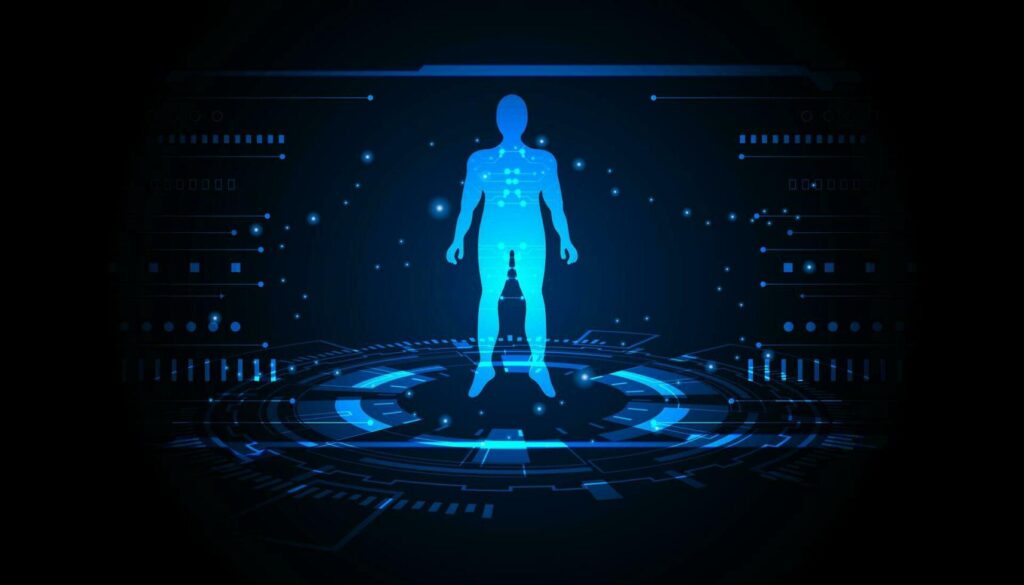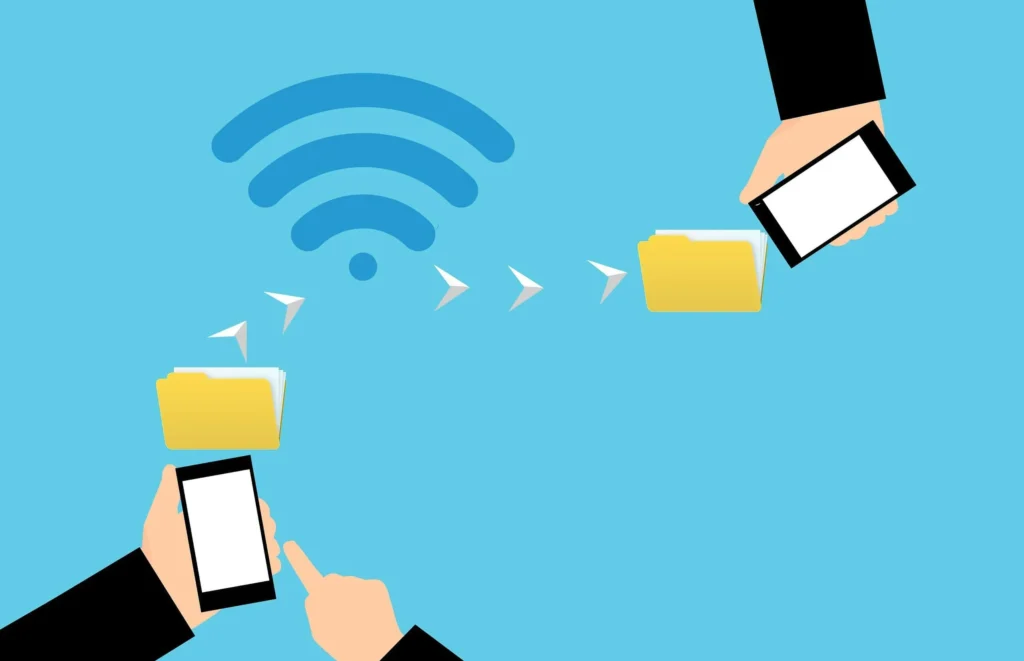For decades, the way we interact with technology has been defined by screens, keyboards, and touchpads. First came punch cards and command lines, then the mouse, then touchscreens, then voice assistants. Each step has made our relationship with technology feel more natural. Now, a new frontier is emerging, tech’s next interface, one where the human body itself becomes the primary interface.
This isn’t just science fiction. From wearable sensors to brain-computer interfaces, the body is steadily being woven into the fabric of digital interaction. The line between human and machine is blurring, not because we’re turning into cyborgs, but because our bodies are becoming the most intuitive input devices we have.
Wearables as the First Step
Wearables laid the foundation for this shift. Smartwatches track our heart rate, steps, and sleep cycles, while earbuds measure stress levels and oxygen saturation. Fitness trackers that once counted steps now analyze rhythms of daily life with medical precision.
These gadgets don’t just collect data; they translate bodily signals into actionable insights. Your smartwatch buzzing to suggest a walk after hours of sitting is an early form of your body steering technology. It’s passive but powerful: the body sends signals, and technology interprets them.
Beyond Wearables: Implants and Inside Tech
The next wave moves under the skin. Pacemakers and insulin pumps are long-standing examples of medical technology augmenting human functions. Now, researchers are developing implants that can monitor blood chemistry in real time, delivering feedback to both patients and doctors.
For people with neurological conditions, brain implants are restoring movement and speech. Neuralink and similar projects are working toward brain-computer interfaces that could eventually allow direct communication between thought and machine. That might sound futuristic, but early trials show paralyzed patients moving cursors or typing words simply by imagining them.
Gesture and Movement as Input
While implants push the boundaries of what’s possible, motion-based interfaces are already reshaping everyday tech. VR headsets track head and hand movements to create immersive experiences. Cameras and sensors interpret gestures, letting us control devices with a wave of the hand or the tilt of the wrist.
These systems turn natural movement into a language of interaction. The body becomes both controller and canvas, collapsing the distance between human intent and digital response.
Biometric Authentication as Default
Another way the body is becoming the interface is through identity. Fingerprints, face recognition, and iris scans are rapidly replacing passwords. These forms of biometric authentication are faster and often more secure, though they raise critical questions about privacy and surveillance.
As these methods mature, the body isn’t just how we control devices — it’s also how we prove who we are to them. The more seamless this becomes, the more it will feel like the body itself is the password.
Opportunities and Risks
The promise of body-as-interface technology is enormous:
- Accessibility: For people with disabilities, body-driven interfaces could open doors to independence and communication.
- Health insights: Real-time monitoring can catch early signs of illness or track long-term wellness trends. Just as people use tools to transfer large files online for convenience, these technologies make sharing health data between patients and doctors seamless and immediate.
- Efficiency: Interactions become more fluid, requiring fewer steps between thought and action.
But the risks are just as profound:
- Privacy: When your heartbeat or brain signals are data points, who owns that information?
- Security: Biometric hacks could be harder to fix than stolen passwords — you can’t change your fingerprints as easily as your login credentials.
- Ethics: As technology moves under the skin or into the brain, the question of consent, safety, and long-term effects becomes unavoidable.
The Future: Body as Platform
The body-as-interface movement suggests a future where technology adapts to us, rather than us adapting to it. Instead of staring at screens or typing commands, we might navigate digital spaces by moving, speaking, or even thinking.
It’s a shift that reframes the human body from a user of technology to a partner in it. Just as touchscreens once felt revolutionary but are now routine, the idea of controlling tech with a glance, a pulse, or a thought may soon feel ordinary.
The question is not whether the body will become the next interface — it already is. The question is how responsibly we’ll integrate it, ensuring the benefits of seamless interaction don’t come at the cost of autonomy and privacy.


